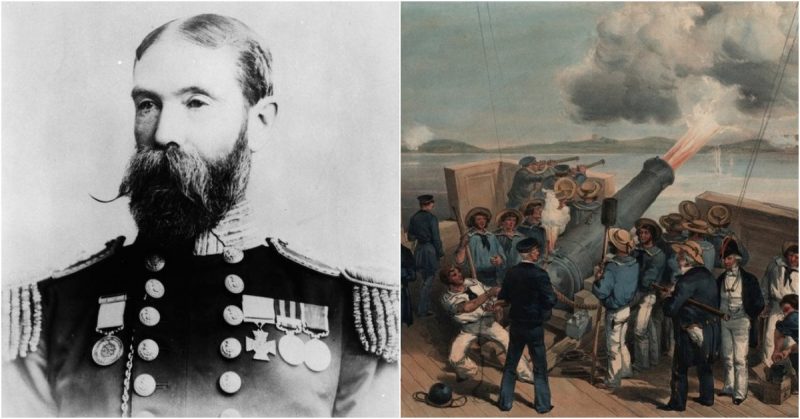He sprinted over to the shell, picked it up, and dumped it overboard, where it exploded in the ocean a mere second later.
Of all the military decorations in the world awarded for acts of outstanding courage, Great Britain’s Victoria Cross is the most famous. To this date, only 1,358 Victoria Crosses have been awarded since the medal’s inception in late 1856.
It was the first medal in British history that was awarded solely for an act of valor regardless of whether that act had been committed by an officer or an enlisted man. The first Victoria Crosses – with the medal taking its name from Queen Victoria, who instituted the medal – were made from bronze from Russian cannons captured at Sebastopol during the Crimean War.
The medal, introduced at the very end of the Crimean War, was made retroactive so that it could be awarded to those who had committed acts of extraordinary heroism during this conflict. The very first man to receive a Victoria Cross, for his actions during the Battle of Bomarsund in August 1845, was Charles Davis Lucas.
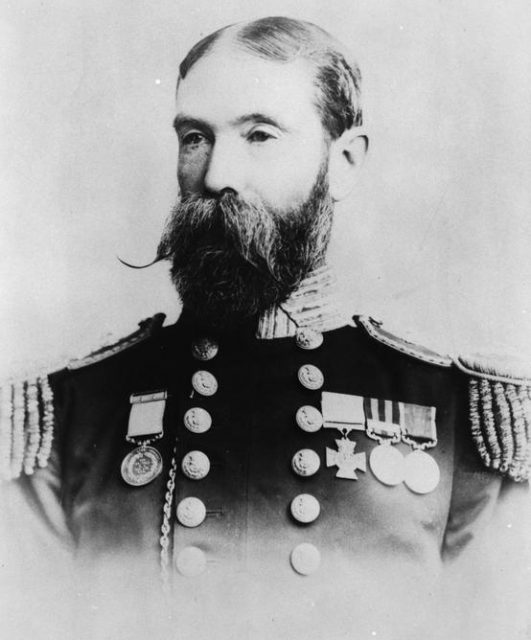
Lucas was born in Poyntzpass, Northern Ireland in February 1834, and enlisted in the Royal Navy at the tender age of thirteen. While he initially served on HMS Vengeance, he was transferred to HMS Fox a few years later, and saw action on this ship during the Second Anglo-Burmese War of 1852-53, in the final years of his teens. By the time he turned 20 he had been promoted to the rank of mate.
The action for which he received the first ever Victoria Cross to be issued happened a few years after this, during the Crimean War.
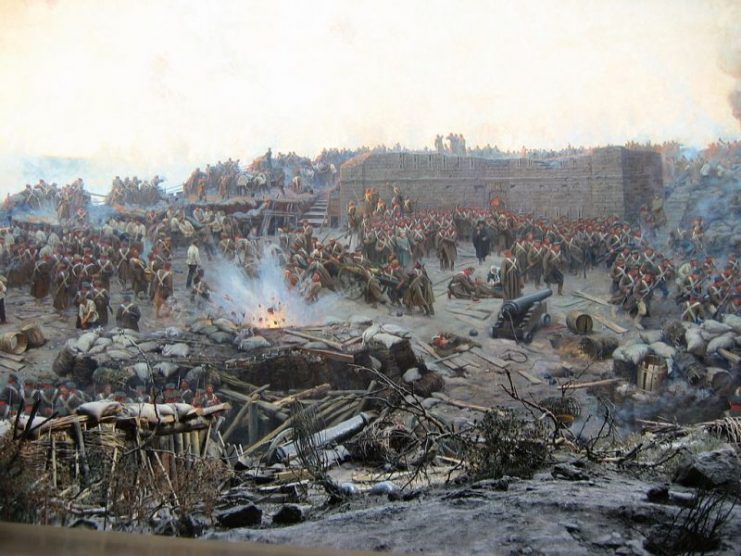
Davis was serving on HMS Hecla, which was part of the Anglo-French fleet which had sailed to the Baltic Sea during the Crimean War. Their intent was to try to neutralize Russian fortifications and ultimately attack the strategically important Russian naval base at Kronstadt, and to blockade trade and supply ships in the Gulf of Finland.
The battle in this theater of the Crimean War in which Lucas was involved was the Battle of Bomarsund, which took place in June 1854.
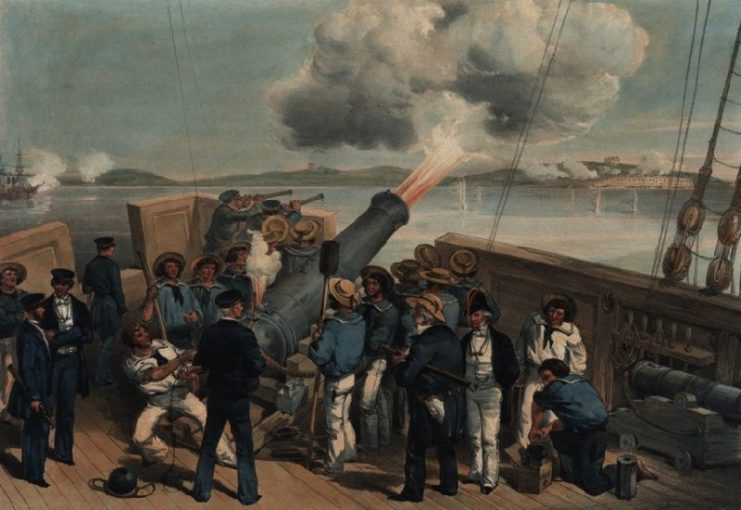
In the initial stages of the battle, three British ships – HMS Hecla, HMS Odin and HMS Valour – attacked the Russian fortress of Bomarsund, which was a large but only partially-complete fortress located on the Åland Islands.
The defenders of the fortress responded with artillery counter-fire. One shell fired by the defenders of the Russian fort landed on the deck of the ship Lucas was on – and with the fuse in it hissing furiously, only seconds remained before it would detonate.
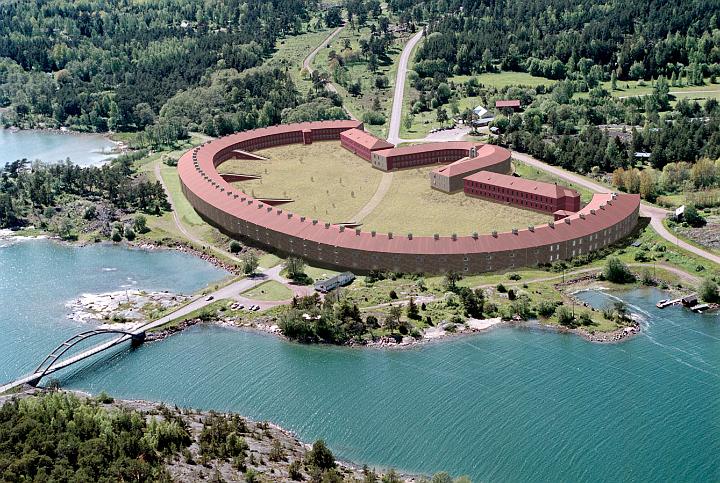
The scene was one of mass panic, with orders being screamed out to run and hit the deck, which everyone on board was doing – everyone except for Charles Lucas. He sprinted over to the shell, picked it up, and dumped it overboard, where it exploded in the ocean a mere second later, sending up a tremendous shower of water but injuring nobody.
With this immensely brave act, Lucas saved many men from death and maiming. He was immediately promoted to lieutenant as a result of his gallantry, and his act of valor was widely reported on in the British press.
Due to this bold act of courage, Lucas also went on be the first man to ever be awarded the Victoria Cross. However, he was not the first to physically receive it, for he was standing fourth in line when Queen Victoria was handing out the medals on June 26, 1857.
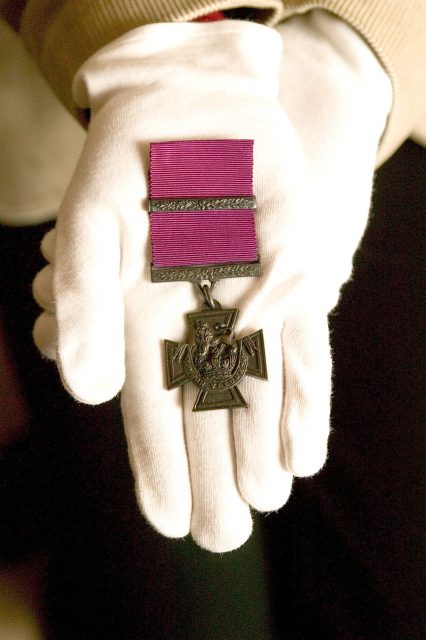
This was because during the ceremony, the recipients of the medal lined up according to rank. The first man to physically receive his VC was Commander James Raby, whose act of valor was also performed during the Crimean War.
Lucas went on to have a long and distinguished career in the Royal Navy, retiring in October 1873 with the rank of captain (which he attained in 1867). He was later promoted to the rank of rear admiral.
During the course of his career in the Royal Navy he was also awarded the Baltic Medal, the Royal Humane Society Lifesaving Medal, and the India General Service Medal, among other decorations.
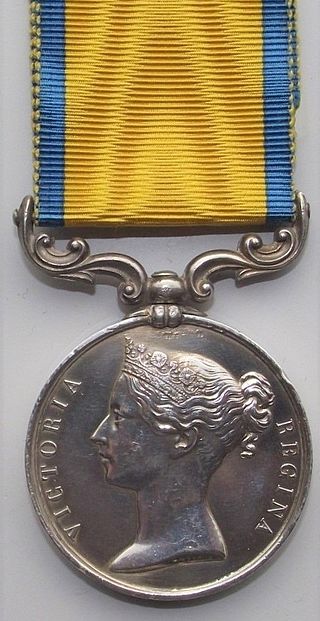
He went on to live to the age of 80, passing away in Kent in 1914. As for his famous Victoria Cross, however, which would no doubt be worth a tremendous amount of money today, it was lost.
When Lucas was serving as a Justice of the Peace in Argyllshire in Scotland, he left his Victoria Cross on a train. By the time he remembered that he had forgotten the precious medal the train was long gone, and so was his VC, which was never seen again.
